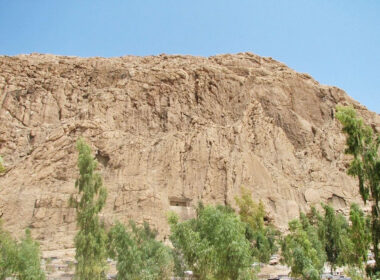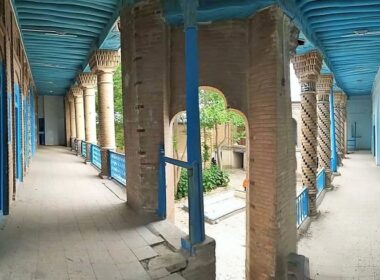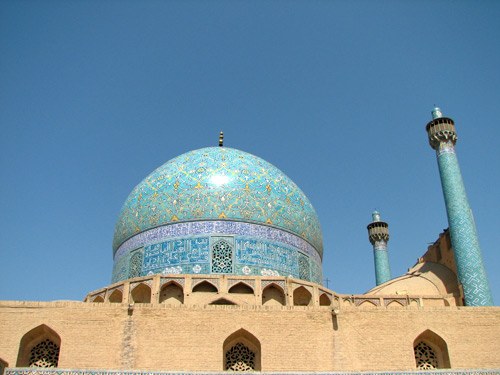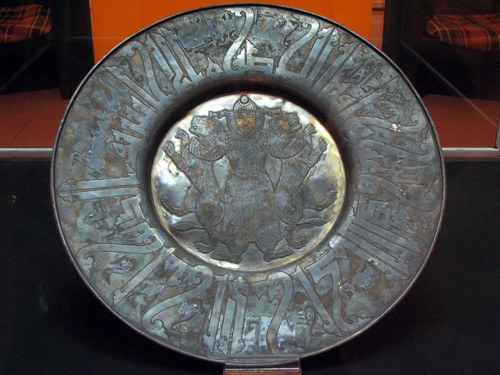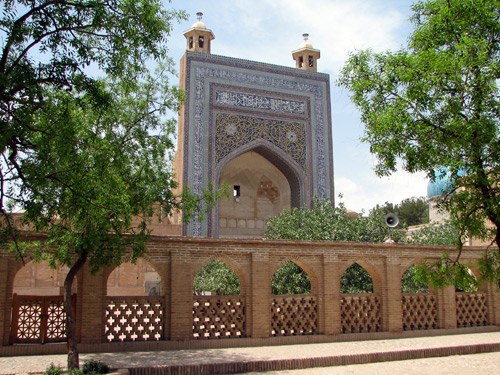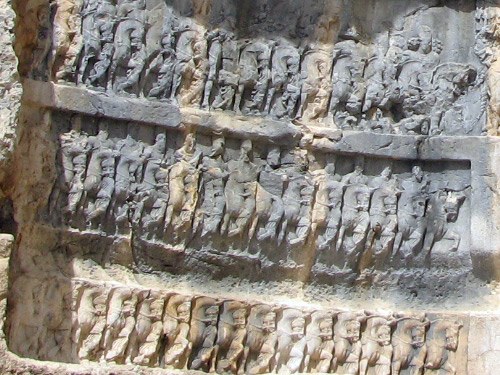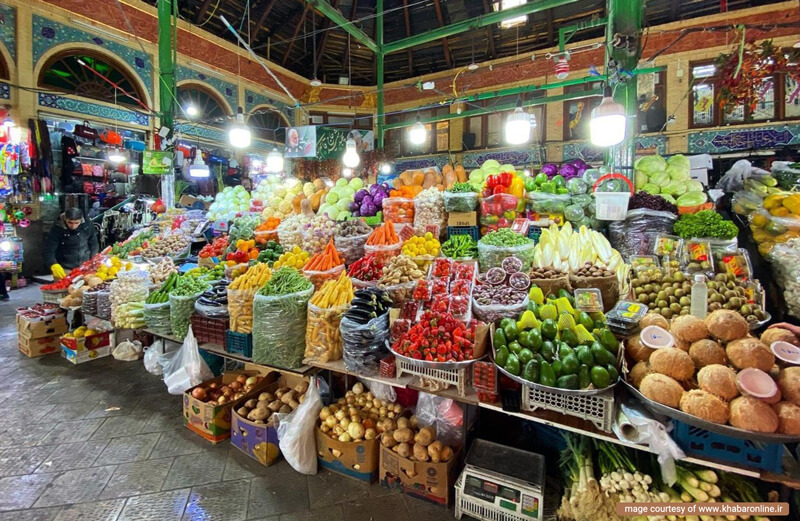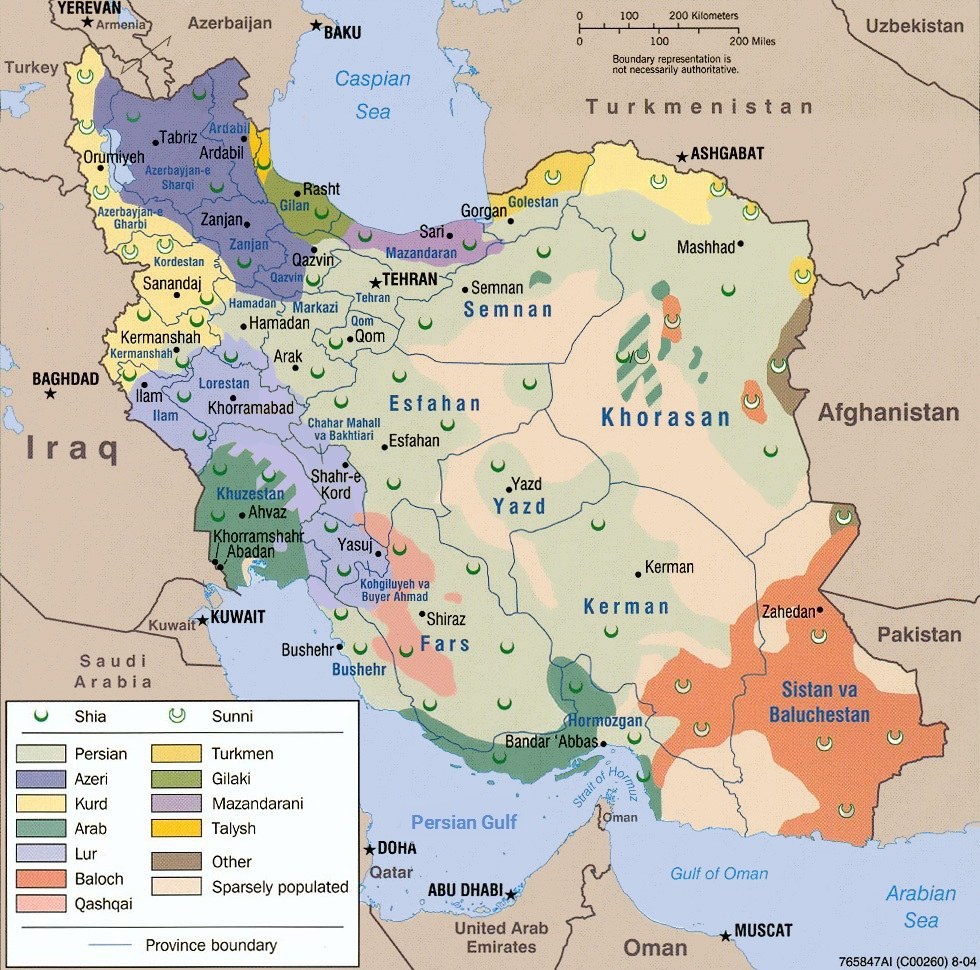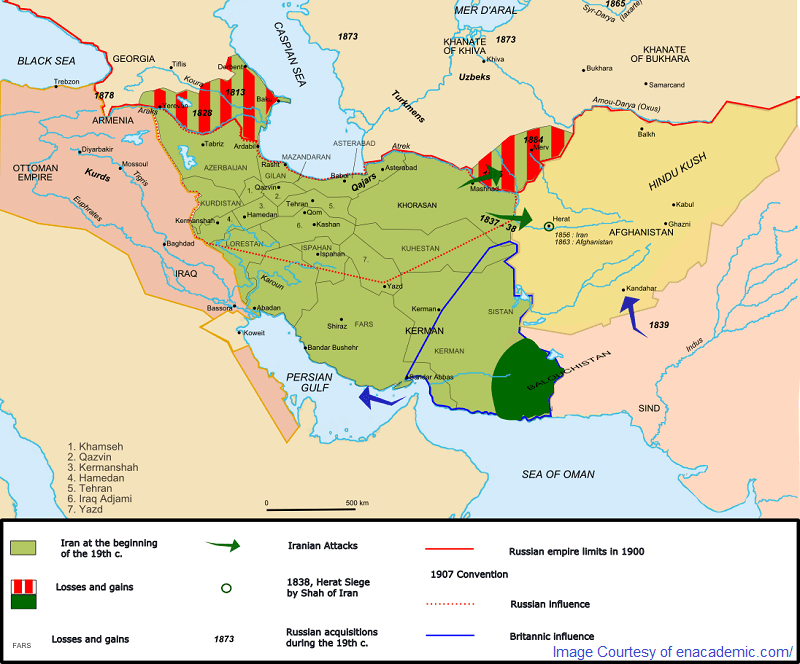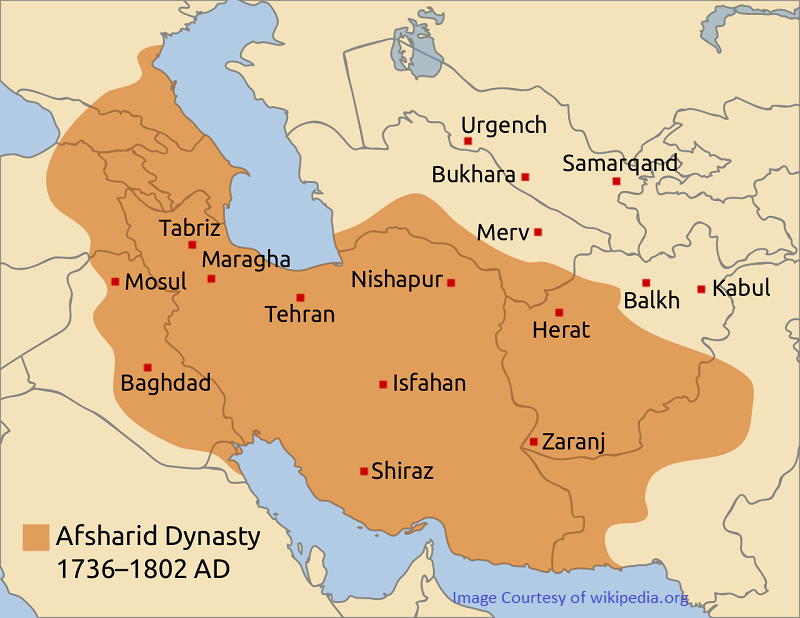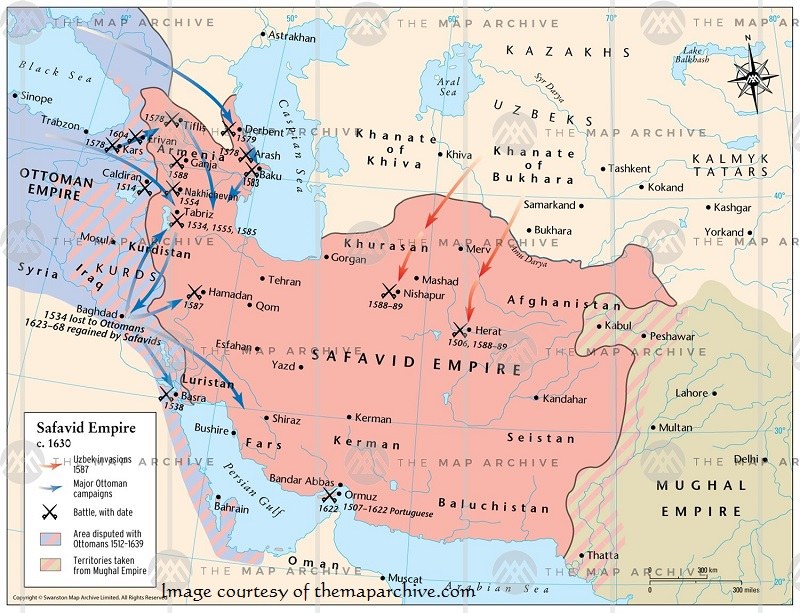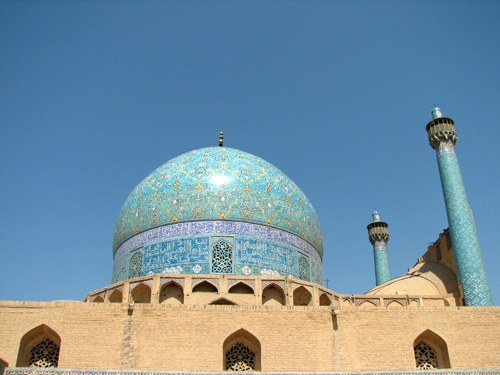
The advent of Islam happened in Iran after Arabs invaded our country and brought their new belief here. During the time of the prophet of Islam, Arabs had invited a Sassanian king, Khosrow II, to their religion, but he refused to convert from Zoroastrianism to Islam. Later, when the second caliph became the leader of newly converted Arabs, they launched a massive raid against one of the two superpowers of the time, Persians, to extend their territories and disseminate their new beliefs across the world.
Iranians had three options:
- They could have converted to the new religion and stay in their country;
- They could have kept their previous religions and pay a special tax called Jazieh;
- They must have left Iran. (Most of them chose India and formed the Indian Parsi community till now.)
Iranians under Arabs’ Domination
For almost two centuries, there were dependent and semi- dependent governments ruling over Iran or various parts of it who had to report to Abbasid caliphs in Baghdad. This suppression together with Arabs’ lack of educated and artistic background led some of the Iranian arts to the edge of extinction and transformed some others. In return for what was given to Iranians, Arabs obtained several things from Iranian civilization.
During your trip to Iran, you can see certain consequences of Iranians’ contribution to Arabs and some are intangible. For instance,
- Iranian system of book-keeping called Divan was used by Arabs to keep records of their war souvenirs for centuries;
- Iranians wrote Arabic grammar for Arabs as they didn’t have written grammar;
- Iranian scholars were used to conveying various fields of knowledge to Arabs and their specialties were used to build Baghdad university, the center of Islamic studies for centuries;
- Iranian musical framework was given to Muslims that are still in use in North Africa although at the beginning they opposed music as a whole;
- … and this list can go on and on, but I’d rather focus on what you can see in Iran while you’re traveling here indicating how Iranians have been shining in post-Islam period.
Contribution of Iranians to Islamic Arts
Very little existed that could be called arts among Arabs before Islam. As one of the two most powerful nations in antiquity, Iranians had a lot to offer and teach them. Therefore, despite all the restrictions and prohibitions imposed by Arabs, Iranians were brilliant enough to show their potential capabilities in the arts. So,
- Calligraphy thrived substantially by Iranians who used to decorate their buildings with beautiful scripts for more than a millennia. The overwhelming enthusiasm put into this field of art was due to the prohibitions in painting that disallowed artists to depict human and animal figures – an interpretation of Quranic verses that faded away partially over the course of several centuries. However, Iranians let their talents flourish in other possible fields like calligraphy.
- Painting thrived despite the limited permission Iranian artists had in order to show their art. Several dishes, remaining from the early post-Islam era, indicate how Iranians decorated them with Quranic verses embellished with leaves and flowers. After the first two centuries of heavy control over Iranian arts, when eventually Samanids (approximately 10th century) rose to independent power and Seljuks occupied and ruled Iran, the miniature painting returned to Iranian arts and indigenous talents found some opportunities to showcase themselves. This continued to the end of the Safavids (approximately 18th century).
- Glass-making art was very much appreciated in Iran before Islam and many artists created works that were highly demanded inside and outside Iranian borders. The Sassanian period, the last dynasty before the Arabs’ conquest of Iran, was the climax of this art in Iran to the extent that Iranian glassware was even bought and kept in far countries like Japan.
- Ceramic making techniques were made in Iran since the first millennium to glaze bricks at temples as well as small pottery-made objects. This skill was used by Iranian artists to decorate the façade of Islamic buildings like mosques, mausoleums, etc. Even calligraphy was combined with this art letting architects decorate such religious buildings as well as other ones with Persian poems, Quranic verses, etc.
- Textile motifs indicate how old the tradition of creating motifs in Iran has been continuing. It used to be on rocks, pottery, carpets, textile, painting, etc. A visit to Iranian architecture from ancient times till now is a great witness to see how certain motifs have been used for thousands of years and continued in post-Islam Iran. What is known as arabesque is the same as Iranian repetitive floral and vegetal patterns.
- Metal works have been very popular among ancient Iranians and their works in making exquisite swords, figurines, rhytons, etc have been greatly admired by many. In post-Islam Iran, candle sticks, lamps, astrolabes, swords & daggers, incense burners, ritual plates, etc were made with the ultimate skill of Iranian artists and can be seen in some of the Iranian museums.
- … and principally as Arabs had come from some primitive tribes whose artistic background was absolutely poor, they had to learn from famous civilizations of their time meaning Roman and Iranian artists.
Contribution of Iranians to Islamic Architecture
What Arabs had in the peninsula before the emergence of Islamic architecture in regard to construction were mud-made walls covered by reeds. What we know as Islamic architecture is completely borrowed from well-known civilizations that had a lot to offer. Iran was the closest to their territory and they got a lot from Iranians.
It’s not far from reality to refer to Islamic buildings in Iran as Iranian architecture although the experts tend to look at the architecture and generally call it differently – Islamic architecture. It’s very interesting to compare the architecture of the mosques with some of the Iranian churches built since the Safavid period (16th-18th centuries) and find absolute similarities. The common point leads to nothing but one conclusion: It’s Iranian architecture.
Iranian architects had the skills and know-how of building and beautifying structures. They used to do them all the time for the people who paid for them. The expertise was there, but the clients were changed. Now, the new rulers wanted them to build temples for their new religion and they did.
Anyway, there are certain elements and concepts in Islamic architecture that have been offered to the world of Islam by Iranians. They are:
- Symmetry: Iranian palaces, like those built in Pasargadae in 550 BC, had observed symmetry and considered it seriously. It took about two centuries for Islamic architecture to come up with the idea of implementing this concept into its structures. It’s interesting to see that Iranian architects considered this concept around 1500 years before mosques incorporated the idea.
- Domed chambers: Some Sassanian palaces were built as domed chambers connected to one another. Fire temples, built by Sassanians according to this style, were the closest models for mosques. The technique of dome-making in Iran was different from that of the Romans. This says it all when you visit Iranian mosques.
- Prayer niche (Mehrab/Mihrab): When the remaining fire temples were transformed into mosques in Iran, an arched door on one side of these domed-chamber-style buildings was covered from the outside and the inner recessed arch formed the most important element of mosques: Mehrabs.
- Minarets: They were independently used as watch towers, lighthouses in towns and deserts, etc in Iran. Functionally, they could be the platforms on which fellow Muslims could be called to pray in a mosque. So, such towers that used to be constructed outside mosques were engulfed by mosque compounds later. Iranians were not the inventors of minarets, but they used them for various purposes before Islam and even much later until the 18th century as they are seen today in eastern Isfahan.
- Shabestan: Islamic columned halls providing shade and protection against the heat of summer or even the cold of winter followed by Persepolis palaces, Sassanian palaces, etc. Slender pillars with decorated capitals and carved shafts were not new ideas for Iranian architects. Even the motifs were similar. Iranian mosques have got beautiful bird and flower designs, arabesque designs, floral designs, etc that were not Arabic ideas by any means.
- Wall Decoration: Tile works, plasterworks, calligraphy, inscriptions, brickworks, etc have all been in use by Iranian architects long before Islam and continued for different functions later.
- Eyvan & portals: Eyvan is an Iranian invention in architecture. It refers to a recessed area, which is open on one side and mostly arched. This element became so dominant in mosques, caravansaries, mausoleums, madrassahs, etc that two-eyvan courtyards and four-eyvan courtyards were the names attributed to the plans of such structures. The entrance portals of the mosques, built in large sizes, were the result of inspiration from those old arched monuments constructed before Islam.
- … and the list could go on and include gardens in the courtyard of mosques, running water in mosques, etc.
Iranians’ Contribution to Islamic Mysticism
The fact is that Islamic mysticism has been developed soon after the new religion was brought to Iran. Some of the heads of such orders of Islam are from Iran. Interestingly enough, their followers are found today in many parts of the world. In other words, there are Sufis from other nationalities, who follow some of the Iranians Mystic leaders of the early Islamic era.
Bayazid Bastami, Ahmad Jami, Abolhasan Kharaqani, Mansour Hallaj, Abd-Al Qadir Al-Gilani, and some other Iranians have pioneered a certain line of mysticism in post-Islam Iran. The magnitude of their ideas has gone further and inspired many outside Iran.
As Islamic mysticism, in general, has been inspired by other religions and philosophies, the Eastern philosophy of antiquity (Iranian philosophy), has been quite influential in the formation of new ideas within circles of mysticism triggered by Iranian Sufis. Liberal ideas about ways of worshiping God, glorifying him, connecting with him, etc put forward by Iranian founders of such orders are rooted in this philosophy.
Today, there are Sufi followers of those early orders who still practice their faith based on the teaching of their leaders living several centuries ago. Each one of them has its own peculiar methods of praising God, glorifying him, etc. A visit to Iran can make you familiar with some of these believers in Sufism. You can also visit their tombs and enjoy the beauty of the architecture of their mausoleums.




